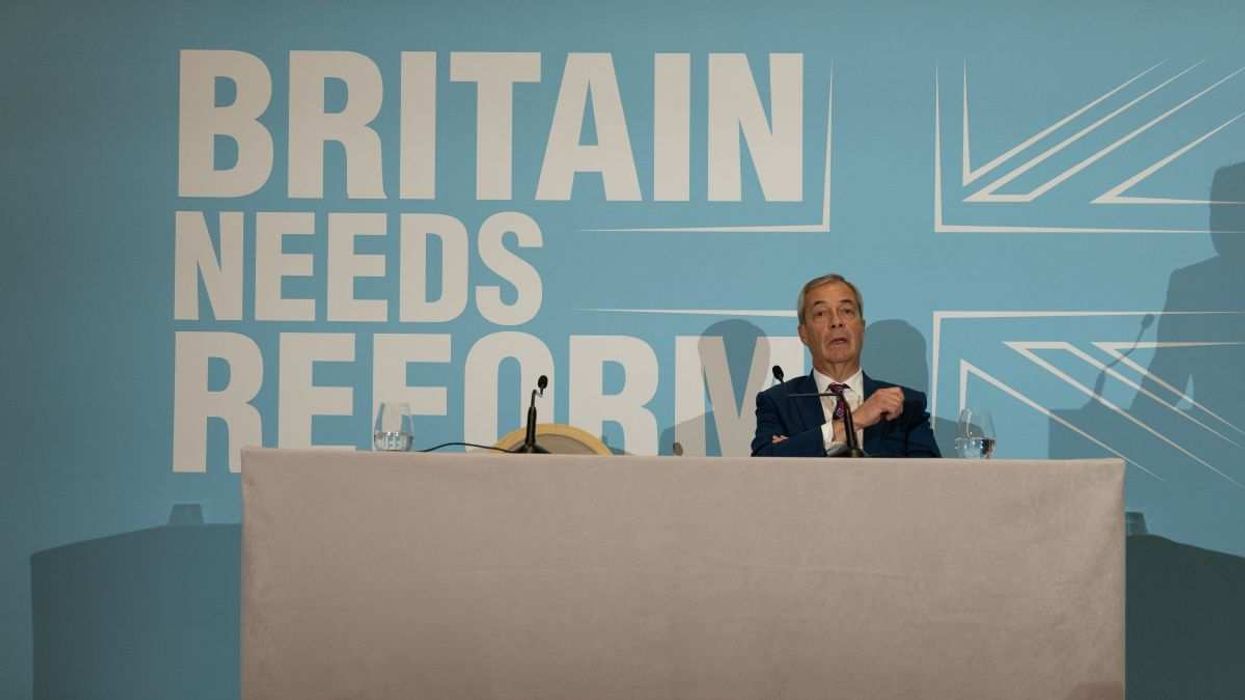Six people are still missing after a cargo ship collided with the Francis Scott Key Bridge in Baltimore on Tuesday morning, crumbling the 1.6 mile long bridge in a matter of seconds.
Its aftermath will make waves far beyond Baltimore. Here’s how.
Supersized shipping. The 964 foot container ship, MV Dali, was being steered by a pilot specialized in the port when it lost power and hit one of the bridge’s main pylons.
The collapse draws attention to a pressing problem in the US supply chain: cargo ships – central to the modern economy – have gotten exponentially bigger as US bridges are aging.
When the Francis Scott Key Bridge was built between 1972 and 1977 the average container ship carried between 500-800 twenty-foot shipping containers – known as TEUs in the shipping business. But advances in engineering allowed ships to balloon to an average of 4,000 TEUs by 1985. Since then, carriers have continuously scaled up capacity, and Dali, manufactured in 2015, had a capacity of 10,000 TEUs. According to bridge experts, no bridge pylon could survive being hit by a vessel of this size.
The continuous growth has pitted ports against each other to attract bigger vessels. The expansion of the Panama Canal in 2016 upped the stakes, with ports along the East Coast racing to dredge their harbors to accommodate the larger ships now traveling through the canal.
The Port of Baltimore expanded to accommodate supersized ships in 2013. Since, it has grown into the 9th-busiest port for receiving foreign cargo.
Aging bridges. Meanwhile, the Francis Scott Key bridge has remained largely unchanged since the 1970s.
Although Maryland’s Governor Wes Moore said the bridge was “fully up to code,” the bridge scored a six out of nine safety rating on its last federal inspection in 2022. The bridge was downgraded because of concern about its reinforcement columns, though experts said Dali’s size and the way it hit the pylon made collapse inevitable.
The Francis Scott Key Bridge is not alone. Of the 617,000 bridges across the United States, 42% are at least 50 years old. About 300,000 were given the same “fair” safety grade given to Key Bridge, while another 42,000 were in “poor” condition. Nationwide, 178 million trips are taken across structurally deficient bridges every day.
This is a global problem. Tuesday’s crash was the second time this month that a container ship hit a major road bridge. On Feb. 22 in Guangzhou, a port in southern China, a much smaller vessel carrying stacks of containers hit the base of a two-lane bridge, causing vehicles to fall. From 1960 to 2015, there were 35 major bridge collapses worldwide due to ship or barge collisions. 18 of those collapses happened in the United States.
The political fallout. The Biden administration has said that the federal government will pay the entire cost of reconstructing the Port of Baltimore.
President Joe Biden’s generosity is likely to fend off Republican accusations that the collapse occurred because his administration has not spent enough on infrastructure -- an issue that could become more important in the 2024 election in the aftermath of this tragedy, as well as the collapse of an interstate overpass in Philadelphia last summer.
It is unclear how much reconstruction will cost, but to actually get the country’s bridges up to snuff, the American Road & Transportation Builders Association estimates Biden would have to spend $171 billion. At the current rate of investment, it will take nearly 75 years to repair them all.
Of Biden’s $1.2 trillion Infrastructure Investment and Jobs Act, just $110 billion went to roads and bridges. This spending helped more than 43,000 bridges improve their ratings under the Biden administration. But because entropy is inescapable in a country as large as the US, during the same time, nearly 70,000 bridges deteriorated.



















